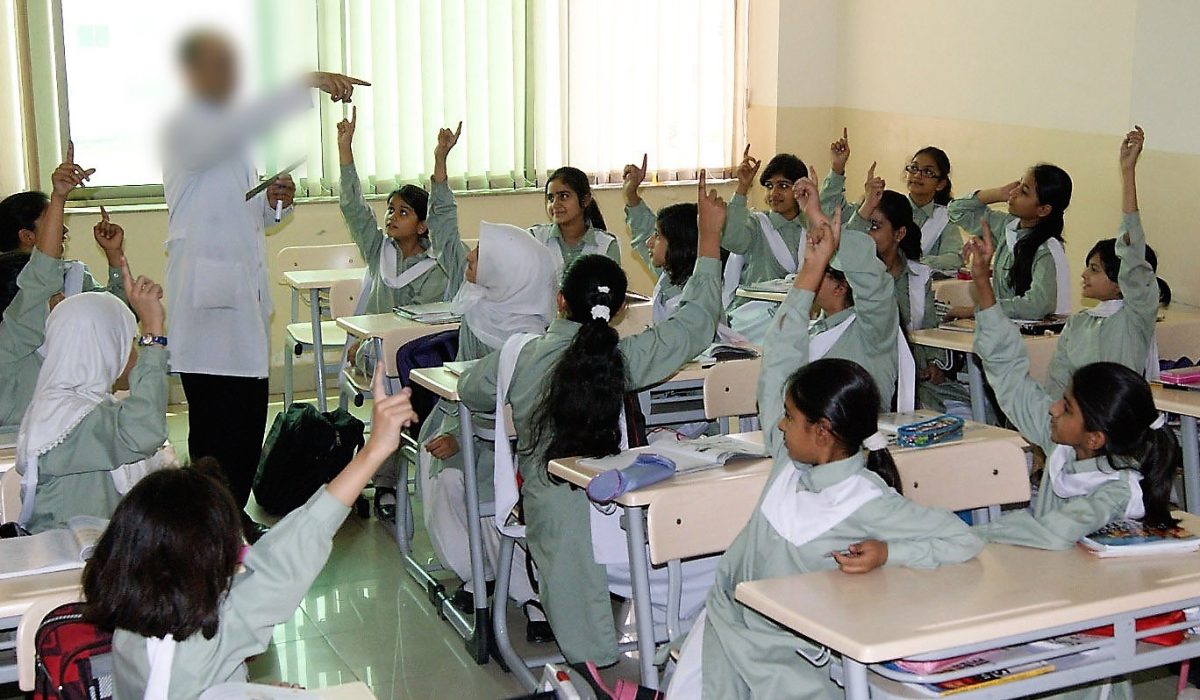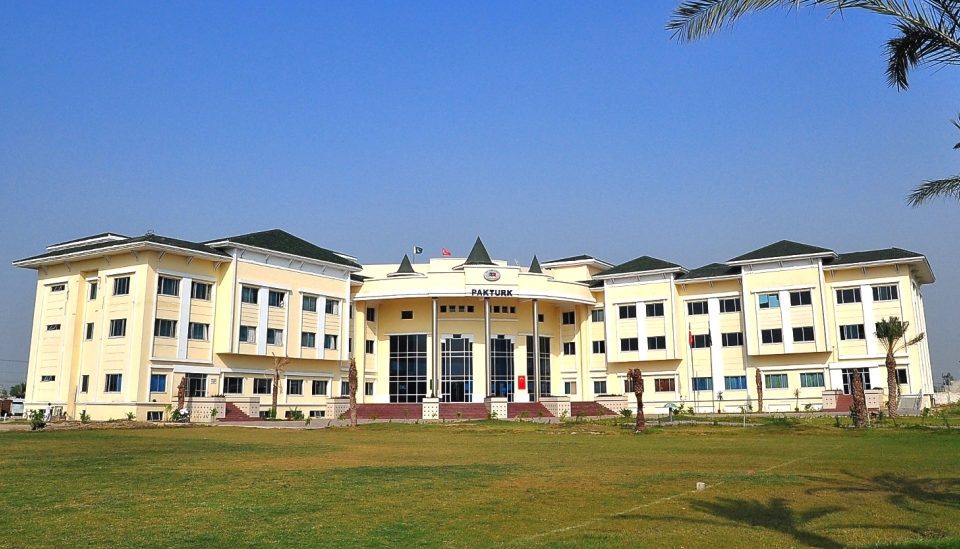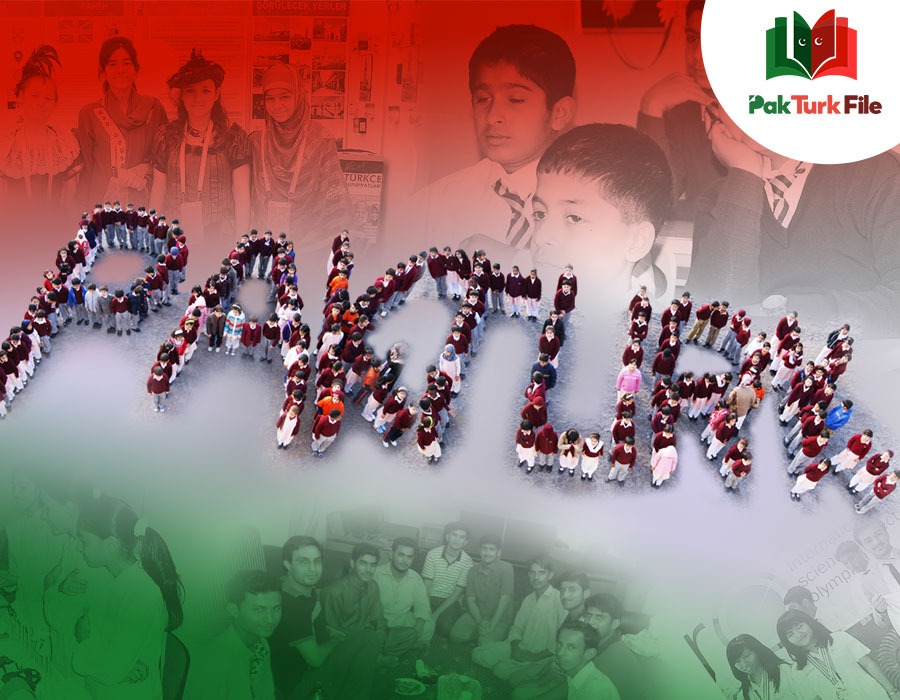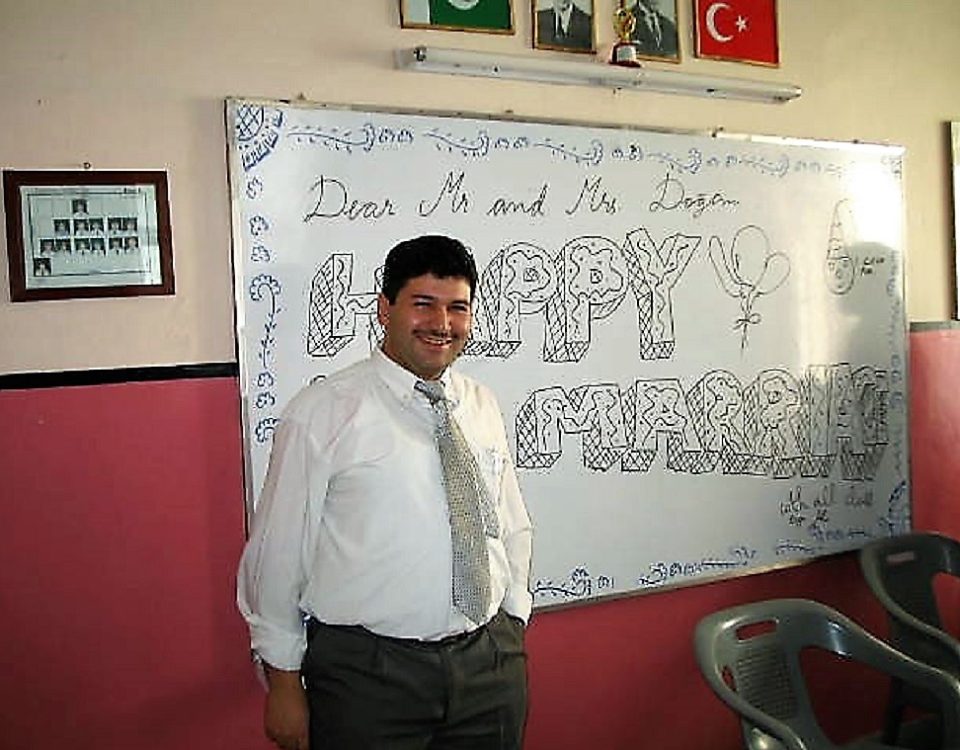Is baldness a pre-requisite for work at PakTurk?

Our adventures with FXs and Mehrans in Pakistan
October 16, 2021
How was the school in Lahore Raiwind Road started?
October 19, 2021Educationist Doğan Yücel wrote about a detail that caught his attention when he first went to Pakistan. He narrated the Turkish image in the minds of Pakistanis and how they reacted when they met Turkish teachers. He also shared his observations on how ethnic groups were recognized in Pakistan.
In this article, I wished to address an exclusive and entertaining subject. It is how we looked in a land that was not foreign to us but to which we had been foreign for 200 years.
When I went to Lahore in 2004, it would not be an exaggeration if I said there were only 10 Turks (from Turkey) in that city of 10 million. Pakistanis know Turks as ‘big, strong, and tall people’. When our school was opened in Lahore in 2001, our first colleagues were of medium height and normal weight. The locals said to them, “How are you Turkish at all? You don’t look like the Turks we know!” Who knows, whether it stemmed from the image of the janissaries of the Ottoman period, the representations in the movies or the old texts, but there was such a general acceptance. According to Pakistanis, another characteristic of Turks was that they were white-complexioned.
I saved the image of the ‘bulky and fair-skinned Turk’!
As it is known, the Ottoman janissaries were chosen from stout young people in the Balkans. Since wars relied on bodily strength in those days, the janissaries would eat well and looked like wrestlers, so to speak. Our assistant principal, who had arrived in Pakistan in 2003, was 1.90 meters tall and overweight. When they saw our two English-teacher colleagues from Turkey were 1.80 meters tall with decent weight, local colleagues and friends relaxed a little. Even though I am of medium height, when I became overweight, I saved the image of bulky and fair-skinned Turk’. We had learned this notion from the Pakistani teachers who later worked at our school. In the years that followed, more bulky Turks came to Lahore. 😊
Most of the rickshaw drivers in Lahore are ‘Pathans’ or ‘Khan sahibs’ as fondly addressed in Pakistan. On the way to Islampura from Gulberg on a Pathan driver’s rickshaw, he noticed my complexion and asked, “Are you Pathan?” asked. I said in a tongue-in-cheek manner, “Yes!” thinking the rickshaw driver would treat me to a fair fare. He greeted me and asked me how I was, and I replied him in Pashto. During the next half an hour after that introductory conversation, I replied to whatever he said by confirming with a “Yes!” Eventually, he asked me something. When he noticed he could no longer get a cohesive reply in Pashto, he became furious and grumbled. I still do not know what he said or narrated. All I know is that the man blew his top and protested.
Everyone applies almond oil on their hair
This happened not only in Lahore. The incident narrated by colleagues in Multan is more interesting and funnier. Almost all of my Turkish teacher colleagues working in Multan had hair loss exposing their forehead. Baldness is rarely seen in Pakistan. Some ladies have hair down to their waists. Almost everyone applies almond oil to their hair in the morning. Someone with excessive hair loss can be found only if you are utmost selective. In a country where it was hard to find bald people anyway, when they saw seven or eight of their Turkish colleagues were combing-impaired, Pakistani colleagues asked: “We wonder if baldness is a pre-requisite to become a teacher in PakTurk or does PakTurk administration choose teachers from the bald?” 😊
We had a different image in Karachi. Karachi is a city of immigrants. Once the city was a small fishing town and it grew rapidly after the British built a port. There are basically four ethnicities: immigrants from the Sindh province, immigrants from post-partition India, usually around Delhi, immigrants from the Punjab, and the immigrant and refugee Afghans from Afghanistan and Pakistan.
Some had said to Mr. Abdulgani, ‘White man, English, infidel’
Afghans and Delhiites have fair complexion in general. We were mistaken for Delhiites because we had fair complexion and spoke Urdu. But we were mistaken for Afghans because we spoke distorted Urdu. We were also known as Sindhi because our schools and homes were in Gulshan-e-Iqbal, where a large majority of Sindhis lived. Everyone knew us as one of their own. We had affinity with everyone for sitting and chatting everywhere. 😊
The locals called Mr. Abdulgani Gülmez, who migrated to Khairpur Mirs for the opening of the first school there, as ‘Gora’, a word used to define ‘White man, English, infidel’. They observed his attire and how he sat and walked as if they watched someone in a movie. 😊 In Khairpur Mirs, there are only a few fair-complexioned locals. People are generally tan. It is natural for them to immediately show attention when they see a fair-complexioned person.
In Quetta, anyone with slightly slanting eyes and a sparse beard and moustache would be called a Hazara. When Mr. Taner Koçyiğit was in Quetta, although his eyes were not slanted, he was compared to Hazaras because he had white skin and did not grow a beard and moustache.
The shalwar you wear tells where you are from!
In Attock or Peshawar, those with fair complexion were called Kashmiri or Chitrali. Across Pakistan, we were always mistaken for Afghans because of our Urdu pronunciation. Mr. Taner sometimes introduced himself as “I am from Chitral” to get a better bargain. He says, “Because the Urdu of the people from Chitral sounded distorted like ours.”
Last but not the least, different shalwar kameezes are worn in almost every province. They would understand we were of different ethnicity when we wore the shalwar kameezes we had bought in another city. According to what Mr. Taner told in Lahore, some even called him a Baloch because of his bespoke shalwar kameez stitched in Quetta. “Later, I didn’t wear that again!” he says.





No Comment.